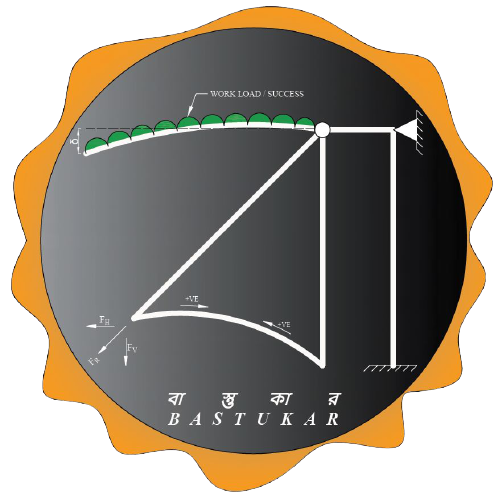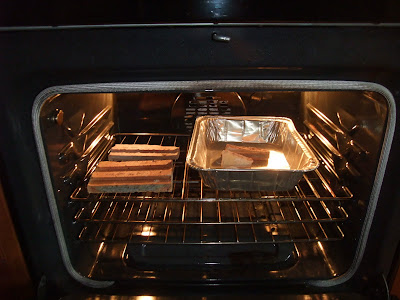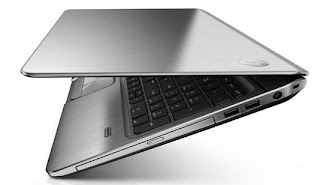Water Absoption Test Of Bricks – Laboratory Method
Aim :
To determine the water absorption capacity of a brick as per IS: 3495 (Part II)-1992.
Theory:
The water absorption of bricks is not related directly to the porosity owing to the nature of pores themselves. Some of Pores may be through pores which permit air to escape in absorption tests and allow free passage of water in absorption tests, but other are completely seated and inaccessible to water under ordinary conditions. For this reason it is seldom possible to fill more than about three quarters of pores by simple immersion in cold water. For measuring total absorption the boiling method is adpted. More is the water absorption capacity weaker is the brick and vice versa.
Apparatus :
- Drying Oven
- Balance
- Immersion Tank etc.
Procedure :
- Select five bricks at random.
- Dry the specimen in a drying oven at a temparature of 110’C to 115’C for 24hrs.
- Remove the Bricks from the oven and cool them to room temperature and obtain it’s weight W1(kg)
- Immerse the five bricks completely in water at 27’+/-2’C for 24hrs.
- Remove the specimen and wipe out any traces of water with a damp cloth and weigh the specimen within three minutes after it’s removal from water. Let its weight be W2 (kg).
- Water Absorption Capacity in terms of percentage by weight is given by (((W2-W1)/W1)*100)
- Take the Average Value of water absorption capacity.
Observations and Calculations :
Sl. No. Oven Dry wt. of specimen(W1) Wet wt. of specimen(W2) Water Absorption Remarks
1
2
3
4
5
[N.B.: The water absorption capacities for various classes of bricks should not exceed the following :
1st Class Brick ==> Not more than 20% by weight
2nd Class Brick ==> Not more than 22% by weight
3rd Class Brick ==> Not more than 25% by weight ]





